Medical professionals have a range of tools at their disposal to care for patients. New University of Otago research delves into the ethical dilemma of adding the internet to their choices.
The prominence and use of the internet is continuing to increase across society, with personal online information readily available for the majority of the population.
Dr. Susan Walthert, of the Dunedin School of Medicine Medical Education Unit, says little is known, however, about the prevalence of New Zealand medical professionals using internet search engines or social media sites to gather information on their patients, known as patient-targeted Googling.
"The internet presents a raft of ethical issues by blurring some boundaries of professionalism and introduces new modes of intimacy in the doctor-patient relationship,'' she says.
In the first study of its kind in New Zealand, initiated by Otago Medical School student Aaron Chester, Otago researchers conducted a survey of 54 final year Otago Medical School students. Subsequent focus groups were held with 10 of them.
Their aim was to gain an understanding of the extent of the practice of patient-targeted Googling in New Zealand, the ethical and clinical issues it presents, the motivations and attitudes of participants towards it, and its association with online behaviours and social media use.
The results, just published in BMC Medical Ethics, show while patient-targeted Googling was uncommon, with just 16.7 per cent having done it, most participants wanted more explicit guidance on the issue.
Though there are many guidelines about the use of social media for medical students, the researchers were unable to find any guideline or policy that specifically addressed patient-targeted Googling.
The survey also reveals diverse attitudes towards the practice, as it had potentially positive and negative outcomes.
Dr. Walthert describes patient-targeted Googling as "ethically problematic'', but believes it can also be a useful tool when it comes to patient care and safety.
"It is important that medical professionals think about patient-targeted Googling and check their reasons if they decide to Google a patient. There is huge risk to the doctor patient trust when patient-targeted Googling occurs.''
Negative aspects of it include if patients feel their privacy and autonomy has been breached, resulting in distrust towards the healthcare professional, and therefore less effective care and poorer health outcomes.
While positive aspects include if critical information is not available from the patient or other sources, it may provide a simple solution; an unconscious patient in an emergency department, or someone with advanced dementia would be two examples.
The care and safety of psychiatric patients presents another circumstance in which a patient may benefit from their doctor being able to access more information about their patient.
"Healthcare professionals could learn more about a patient's mental state or suicidal ideation from the content of their social media posts, which may enable the healthcare professional to prevent harm to the patient,'' Dr. Walthert says.
As a result of the study, Otago Medical School now includes the issue of patient-targeted Googling within early learning in medicine. It is also considering guidelines about the practice.
"My own sense is that patient-targeted Googling is here to stay, and will increase unless the issues about the risks of the practice are not raised. Young medical minds need to be given the chance to reflect on how they use social media in this way,'' Dr. Walthert says.
She also believes further research on the subject is required.
"We should know more about this and would like to widen the surveyed population to include other medical professionals such as nurses and physiotherapists.''
Via
Plus91,
Lionel Reichardt / le Pharmageek






 Your new post is loading...
Your new post is loading...


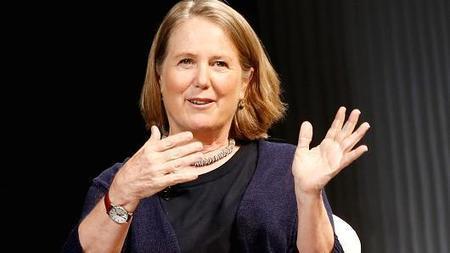


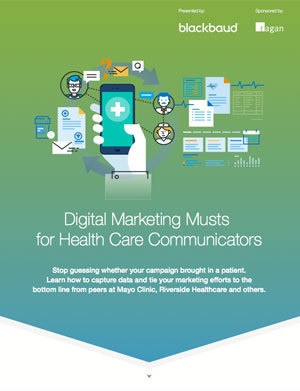


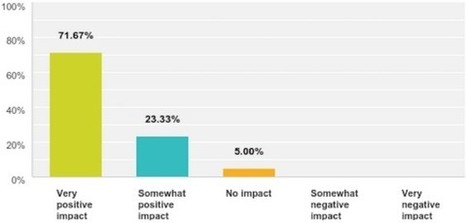


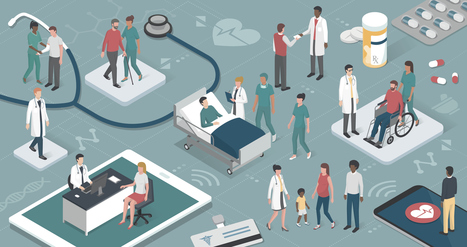


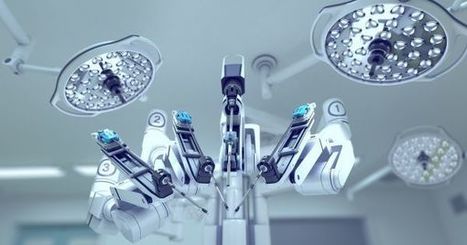
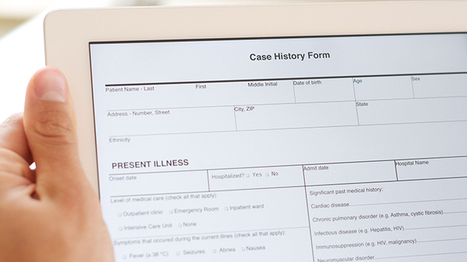




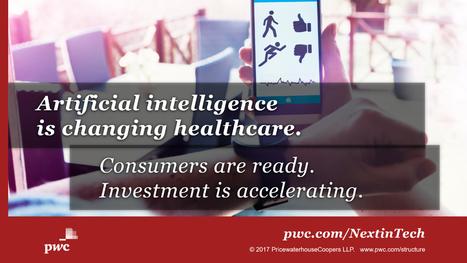








Dr. Nick van Terheyden, is CMIO at Nuance offers his thoughts on the hospital of the future and the top three transformations that will drive the next generation of patient-centric care.
1- Technology that works for physicians vs against them.
2. The consumerisation of health care
3. Fewer patients waiting in the hospital
Includes reference to sense.ly [An avatar-based telehealth platform that enables continuity of care for chronic diseases, leading to improved patient outcomes and reduced costs.]
There is massive away from the hospital to the home and treatment outside the hospital like retail health clinics